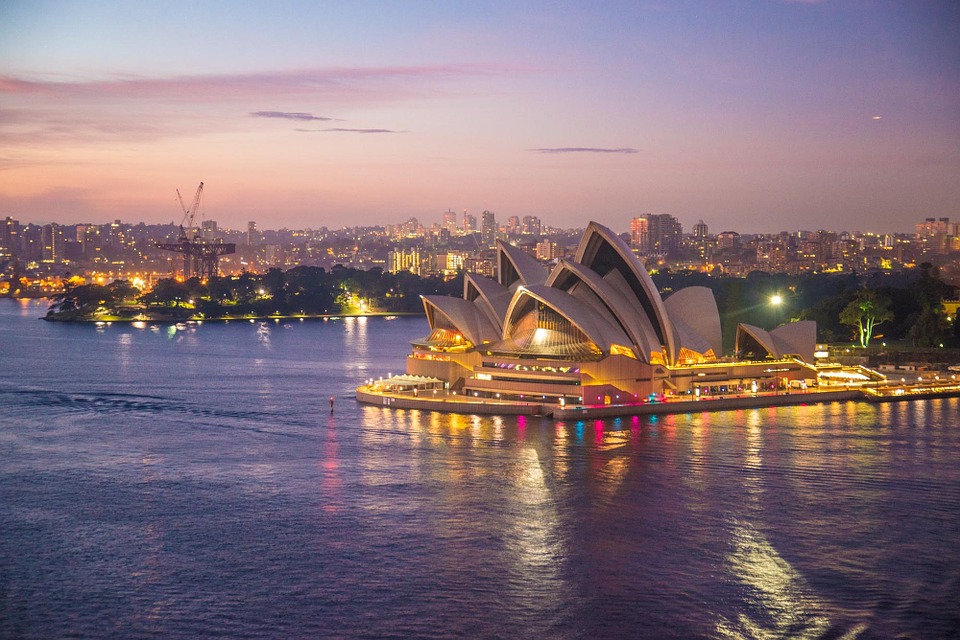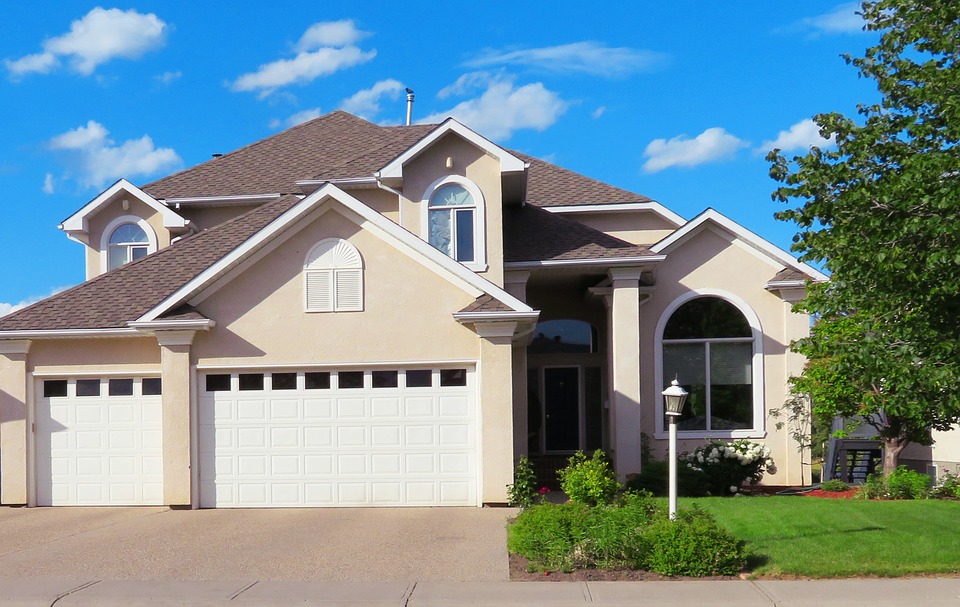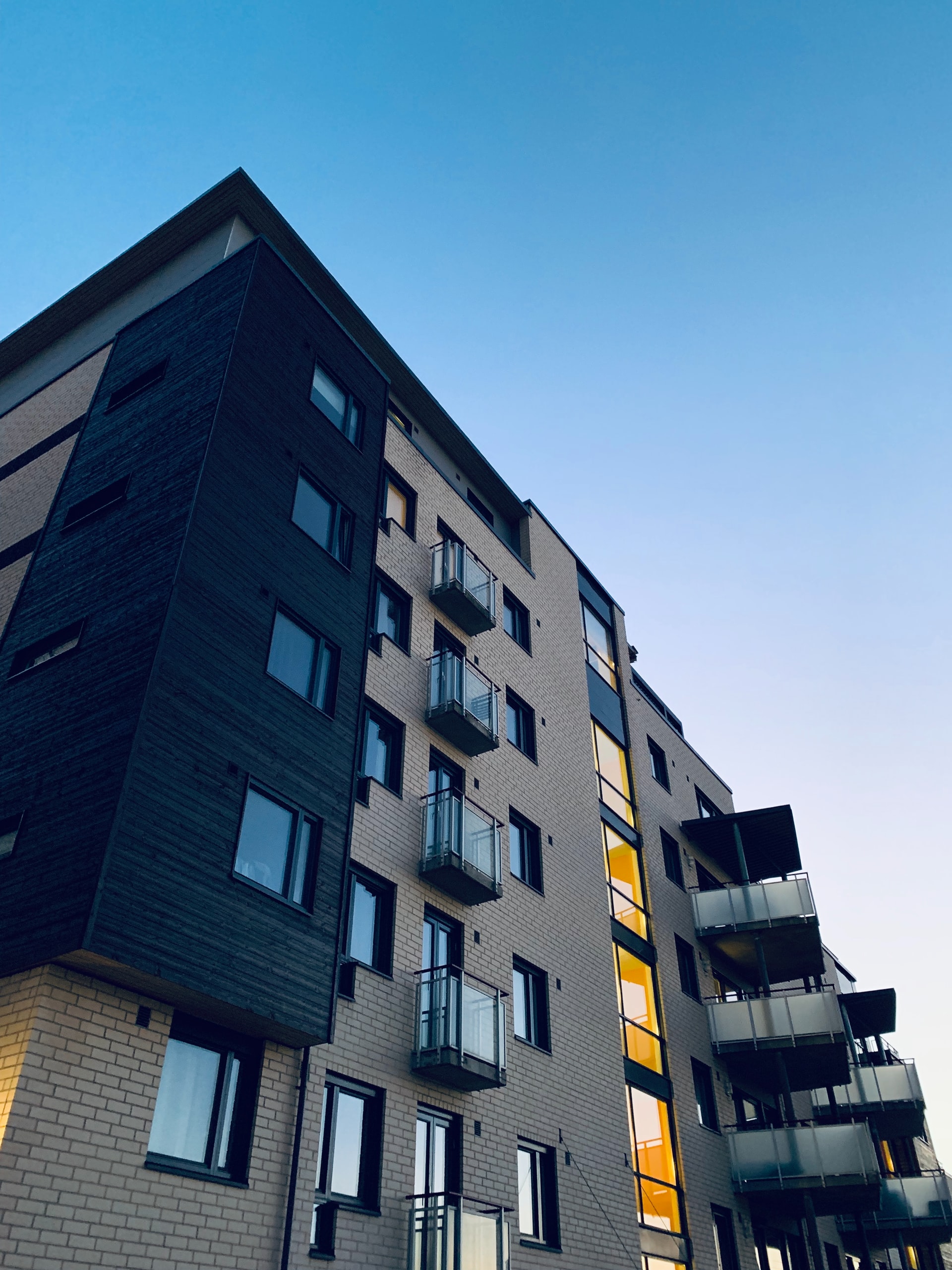During the early twentieth century, the six self-governing colonies of New South Wales, Victoria, Queensland, South Australia, Western Australia and Tasmania joined together in a federation. The colonies became states and the federation was called the Commonwealth of Australia.
So, let’s discover each of them.
New South Wales

Four out of every ten Australians live in New South Wales – Australia’s most populous state. Most of the people live along the east coast and more than one-half are in Sydney, the capital and largest city. Sydney is also the largest city in the Land Down Under.
New South Wales is Australia’s leading industrial state. Most manufacturing is located along the narrow coastal plain. Sydney is the most important center and other industrial towns are Maitland, Newcastle, Port Kembla and Wollongong. A great variety of products, from ships and motor vehicles to television sets and other household appliances are made in New South Wales. Coal deposits at Maitland and Cessnock have greatly helped the state’s industrial development and it is expected that the Snowy Mountains Hydroelectric Scheme will attract even more industries in the future.
The farmlands of New South Wales are nearly all west of the Great Dividing Range. In the New England region at the western foot of the highlands are the best wheat and grazing lands. Beef cattle are important in the drier northwestern sections of the state. A dam on the Murrumbidgee – the Burrinjuck Dam – and a dam on the Murray River – the Hume Weir – provide irrigation water for the dry lands in the southeast. Rice, citrus fruits, grapes, tomatoes and other vegetables are grown in the irrigated fields.
Other important towns in New South Wales are Albury, Wagga Wagga, Griffith, Bourke, Tamworth, Armidale, Grafton, Dubbo and Lismore. Broken Hill and New-Castle are important mining communities.
Victoria

Victoria is the second smallest state in terms of area and the second-largest in terms of population. Most people live in the south. Melbourne is the capital and largest city and other important towns are Geelong, Ballarat, Bendigo, Warrnambool, Mildura, Swan Hill, Echuca, Wangaratta, Benalla, Warracknabeal, Horsham, Hamilton, Traralgon, Sale and Bairnsdale.
Sheep and wheat are raised in the southwest and also on the Mallee and Wimmera plains in the northwest. Cattle-raising is the leading industry in the drier foothills of the Eastern Highlands. Many cattle are sent up to pastures in the mountains for the summer. Citrus fruits, grapes, peaches and apricots are grown on irrigated lands along the Murray River. Truck and dairy farmers supply people in Melbourne and Geelong with fresh fruits, vegetables and milk.
Large deposits of black and brown coal have helped Victoria’s industrial development. Brown coal is mined at Yallourn and Morwell in the Latrobe Valley and black coal is mined at Wonthaggi on the coast. Most of the brown coal is compressed into briquettes that are used to make electricity, while some are made into gas, which is sent by pipeline to Melbourne. Hydroelectric power is available from large stations at Kiewa and on the Eildon Reservoir.
Queensland

The tropical northeastern corner of Australia is in Queensland, Australia’s second-largest state. But Queensland has a population smaller than that of either New South Wales or Victoria. Most people live along the narrow coastal plain in the east, while the dry interior of the state is thickly populated.
The climate along the east coast is hot and humid. Sugarcane, cotton, bananas and other tropical crops are the leading products. Brisbane, the capital and largest city of the state, is located in the southeast. Copper and gold are mined at Mount Morgan. Other east coast cities are Mackay, Cairns, Townsville and Rockhampton. Few people live along the northern and northeastern coasts, where the rainy summers and dry winters of the monsoon climate make life and farming more difficult.
The vast interior of Queensland is sparsely populated. Some sheep and wheat are raised on the Darling Downs in the southeast and cattle raising and mining are the leading industries elsewhere.
To learn more about the rest of the states, come back for part 2.



